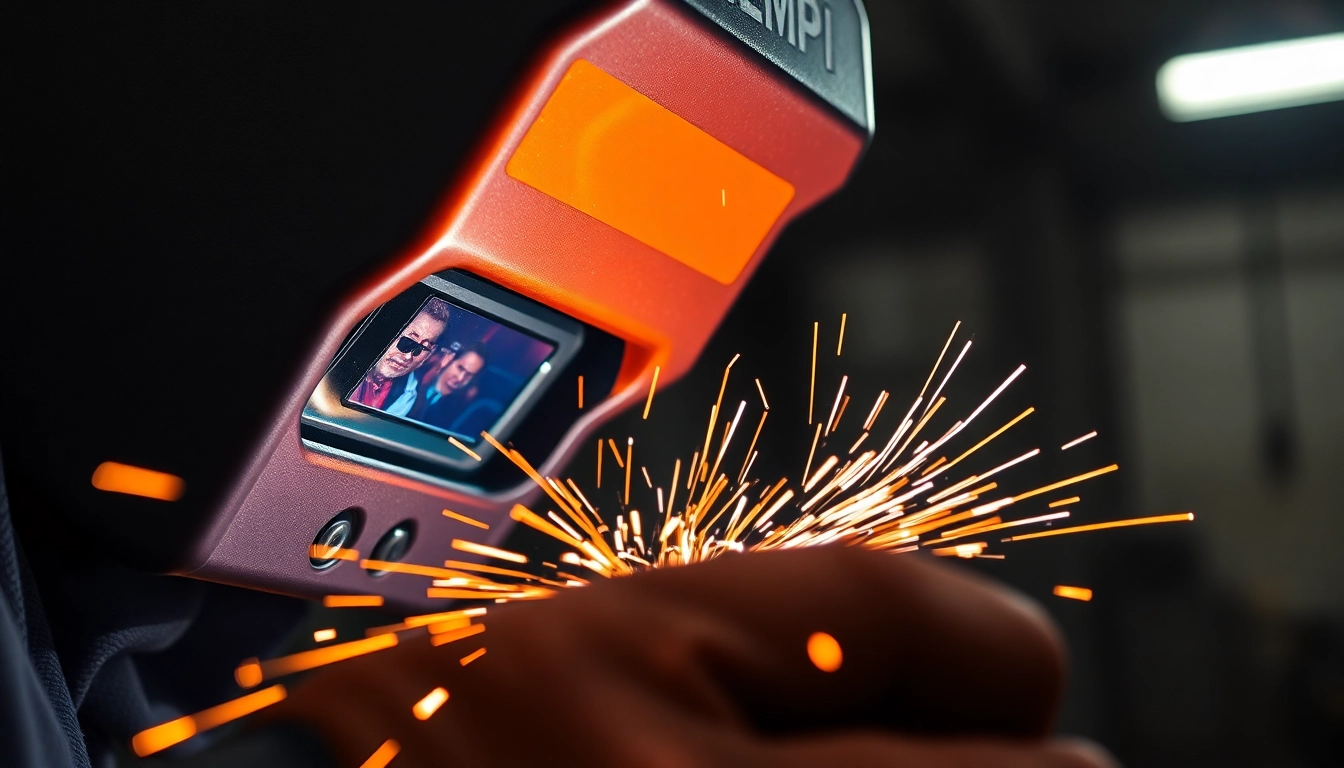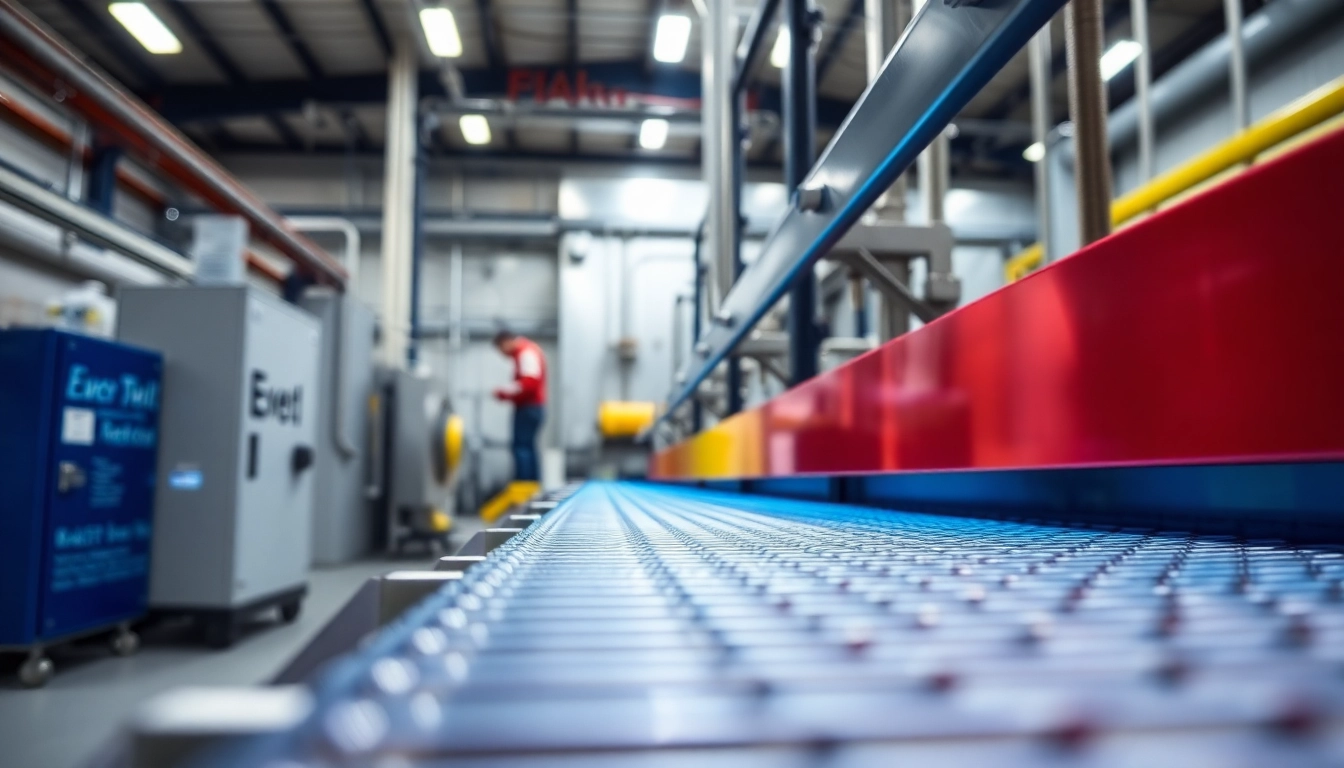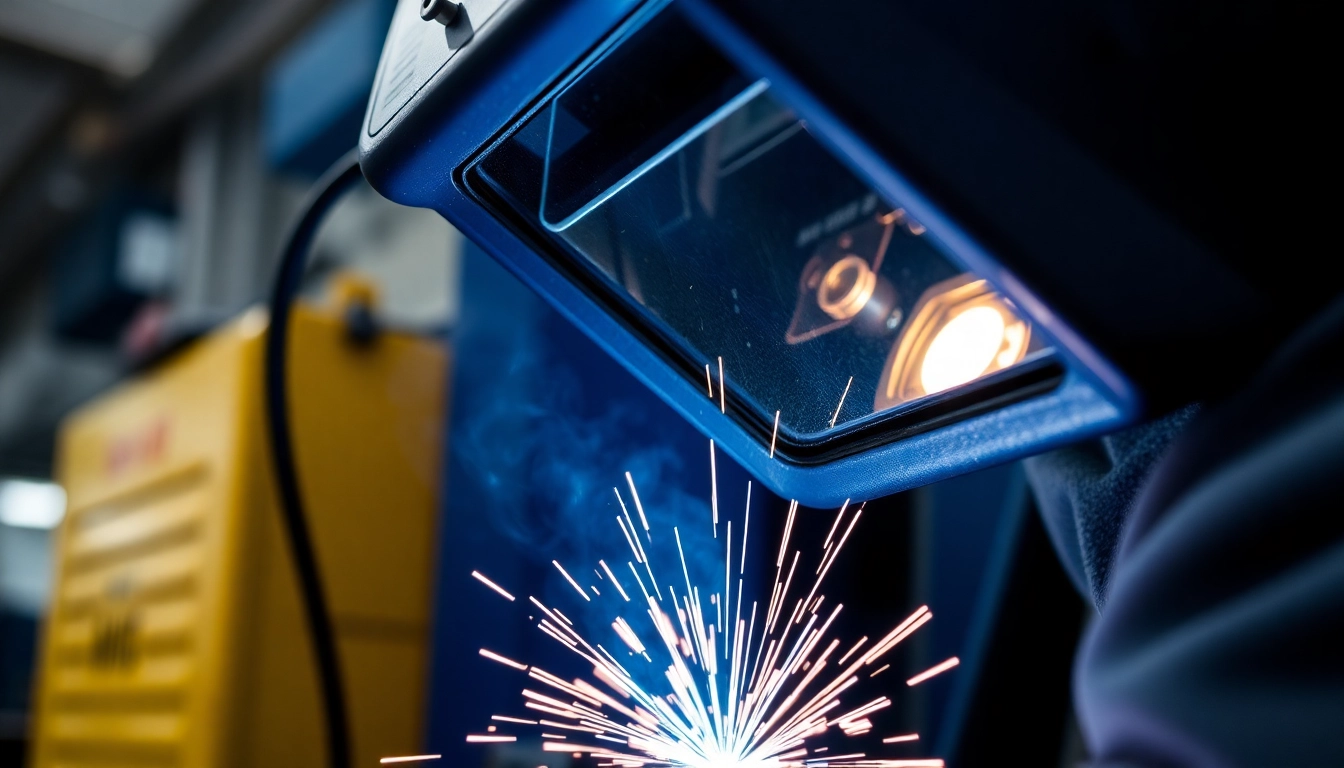Introduction to Machine Vision
In an era of rapid technological advancements, the integration of machine vision into various industries has become crucial to improving quality, efficiency, and automation. Machine vision enables machines to interpret visual data in ways that replicate human visual cognition. This innovative technology facilitates precise inspection, measurement, and navigation, powering applications across manufacturing, healthcare, logistics, and more. Understanding machine vision involves exploring its definition, key technologies, and significance in various sectors.
What is Machine Vision?
Machine vision refers to the technological capabilities that empower computers and machines to “see,” interpret, and analyze visual information from the environment. This process involves capturing images through cameras and sensors, processing them with sophisticated algorithms, and deriving actionable insights. Unlike traditional cameras, machine vision systems are designed to execute automated tasks like defect detection, assembly guidance, and barcode scanning at high speeds and with precision.
At its core, machine vision combines hardware (cameras and sensors) and software (image processing algorithms), allowing for real-time analysis and decision-making in various industrial processes.
Key Technologies in Machine Vision
Machine vision encompasses several critical technologies that work together to facilitate image acquisition, processing, and analysis:
- Imaging Sensors: Solid-state devices, including charge-coupled devices (CCDs) and complementary metal-oxide-semiconductors (CMOS), that convert light into electronic signals. These sensors play a fundamental role in image quality and capture speed.
- Lighting Solutions: Proper illumination is vital. Various lighting techniques, such as structured illumination and backlighting, enhance image contrast and minimize shadows to improve feature recognition.
- Image Processing Algorithms: These include edge detection, image segmentation, pattern recognition, and machine learning algorithms. They process captured images to highlight defects, measurements, and relevant features.
- Software Platforms: Integrated software tools offer user-friendly interfaces for configuring systems, diagnosing processes, and analyzing visual data for informed decision-making.
Importance of Machine Vision in Industry
Machine vision serves as a transformative force across numerous industries, reshaping how companies operate. Some of its primary benefits include:
- Enhanced Quality Control: By automating inspections, machine vision ensures a higher standard of quality than manual methods, thereby reducing defects and improving product reliability.
- Increased Efficiency: Automated vision systems operate faster than human inspectors, increasing throughput while decreasing the time required for inspections.
- Cost Reduction: Automating visual inspections diminishes labor costs associated with manual quality checks and reduces waste generated by defective products.
- Data Collection: Machine vision systems collect vast amounts of data on production lines, enabling continuous improvement initiatives and data-driven decisions.
Core Components of Machine Vision Systems
Cameras and Imaging Sensors
The primary function of cameras in machine vision systems is to capture visual data for analysis. There are various types of cameras employed in different applications:
- Standard Cameras: These are used in general applications for capturing images that will undergo analysis.
- Line Scan Cameras: Ideal for continuous material inspection, these cameras capture images in a single line, frequently used in web inspection.
- 3D Cameras: These systems use advanced technologies to capture depth information, facilitating the analysis of shapes and volumes.
Choosing the right camera depends on factors like resolution, frame rate, and environmental conditions, ensuring optimal performance for specific tasks.
Lighting Techniques for Machine Vision
Effective lighting is crucial for achieving high-quality images in machine vision systems. The choice of lighting affects how surface features are captured, influencing inspection outcomes. Here are some common techniques:
- Backlighting: Suitable for identifying silhouettes and transparent objects, backlighting enhances edge visibility.
- Coaxial Lighting: Used for specular surfaces, this technique helps reduce glare and reveals surface imperfections.
- Structured Lighting: By projecting patterns onto objects, this method aids in 3D shape recognition and dimensional measurements.
Lighting setup should be tailored to the specific image analysis tasks to ensure the clarity and reliability of visual data.
Image Processing Software
Image processing software forms the backbone of machine vision systems, capable of analyzing, evaluating, and providing insight based on captured images. Key functionalities of these software solutions include:
- Image Filtering: Techniques such as median filtering or Gaussian blurring enhance image quality by removing noise.
- Feature Extraction: Algorithms identify key features within images, like edges or corners, which are critical for inspection tasks.
- Machine Learning Models: Advanced systems leverage machine learning to improve their ability to recognize defects and anomalies over time, enhancing accuracy as data accumulates.
Investing in robust image processing capabilities is vital for realizing the full potential of machine vision applications.
Applications of Machine Vision in Various Industries
Quality Control and Inspection
One of the most prevalent uses of machine vision is in quality control and inspection processes. This application is critical in industries such as manufacturing, food processing, and pharmaceuticals. Machine vision systems can automatically check for defects, ensure compliance with specifications, and perform dimensional measurements with precision. For example, in a semiconductor manufacturing plant, machine vision can detect microscopic flaws on silicon wafers during fabrication, ensuring that only defect-free components proceed to assembly.
Automation in Manufacturing
Machine vision plays a critical role in automating manufacturing processes. By facilitating tasks such as robotic guidance and assembly line monitoring, it helps reduce errors and improve productivity. In applications involving complex components, machine vision can assist robots in accurately locating and assembling parts based on visual feedback, constantly adapting to variations in part placement and orientation. By integrating vision systems with robotics, manufacturers can achieve higher precision and flexibility in their operations.
Machine Vision in Logistics and Supply Chain
The logistics sector has also benefited significantly from the utilization of machine vision, especially in inventory management and sorting processes. Automated vision systems can read barcodes and QR codes quickly, enabling seamless tracking of goods through warehouses. In scenarios where packages need to be sorted based on size, shape, or other characteristics, machine vision can enhance the efficiency of automated sorting systems, reducing the time and labor associated with manual sorting.
Comparing Machine Vision to Computer Vision
Key Differences and Similarities
While machine vision and computer vision are often used interchangeably, significant differences exist between them:
- Application Focus: Machine vision is primarily focused on industrial applications, such as quality control and inspection, while computer vision encompasses a broader range of applications, including autonomous vehicles and image recognition.
- Processing Environment: Machine vision typically operates in controlled environments with specific lighting and setups, whereas computer vision is often applied in dynamic, real-world scenarios.
- Technology Stack: Machine vision systems often utilize dedicated hardware for image processing, while computer vision heavily relies on advanced algorithms and AI techniques.
Use Cases for Each Technology
Machine vision is predominantly used in manufacturing and quality control, such as:
- Inspections of product labeling and packaging
- Defect detection in automotive parts
- Assembly verification in electronic manufacturing
On the other hand, computer vision is applied in:
- Autonomous vehicles detecting pedestrians and obstacles
- Facial recognition technology in security systems
- Medical applications, such as analyzing X-ray or MRI images
Future Trends in Vision Technologies
As technology continues to evolve, several trends are expected to shape the future of machine vision:
- Integration with AI: The fusion of AI with machine vision will result in systems capable of learning from data patterns and improving their inspection accuracy over time.
- Edge Processing: As industries move towards Industry 4.0, the ability to process images at the edge will reduce latency and bandwidth needs while enhancing real-time decision-making.
- Enhanced 3D Vision: Advances in 3D imaging will enable machine vision systems to capture more depth information, improving their application in complex tasks.
Implementing Machine Vision Systems
Steps for Successful Integration
Implementing a machine vision system requires careful planning and execution. Here are the essential steps:
- Define Objectives: Clearly outline the goals and requirements for your machine vision system based on specific use cases.
- Select Appropriate Technology: Choose the right cameras, sensors, lighting, and software that align with your objectives and environment.
- Design System Integration: Plan how the vision system will interface with existing production equipment or automated systems.
- Testing and Validation: Conduct thorough testing under various operational conditions to validate system performance.
- Training and Deployment: Properly train personnel on system usage and maintenance before full-scale deployment.
Common Challenges and Solutions
While integrating machine vision systems can provide significant benefits, challenges may arise during implementation:
- Lighting Variability: Inconsistent lighting can disrupt image quality. Implementing controlled lighting solutions can mitigate this issue.
- Calibration Complexities: Proper calibration is vital for accurate measurements. Scheduling regular calibrations and adjustments can ensure consistent performance.
- Resistance to Change: Employees may hesitate to adopt new technology. Training programs and showcasing successful use cases can help alleviate concerns.
Measuring Performance and ROI
To gauge the success of a machine vision system, specific metrics should be monitored:
- Inspection Accuracy: Track the percentage of defects correctly identified through the system.
- Throughput Improvement: Measure changes in inspection speed and overall productivity.
- Cost Savings: Analyze labor reductions, material savings, and quality improvements to assess overall return on investment.
Regularly reviewing these metrics can inform necessary adjustments and optimize system performance over time.



